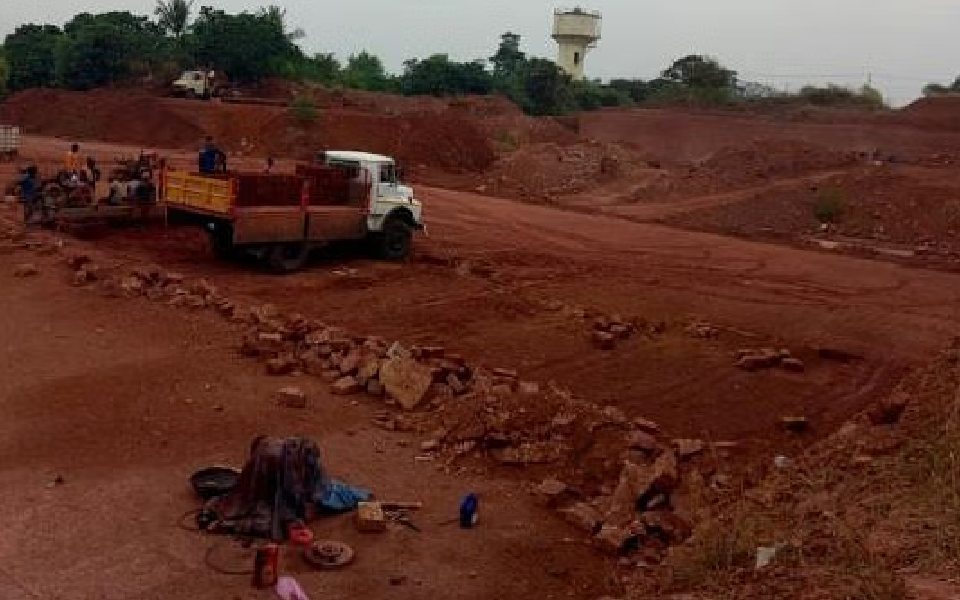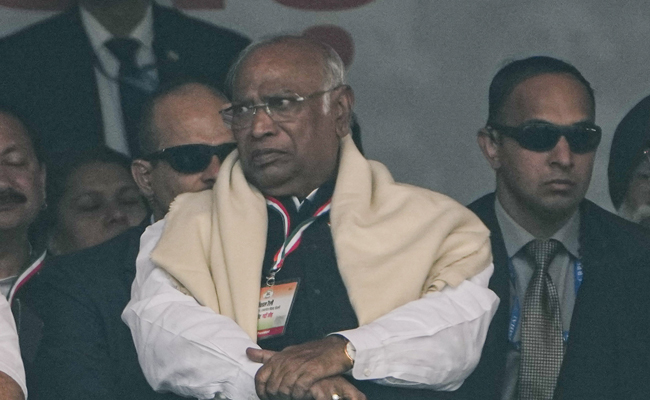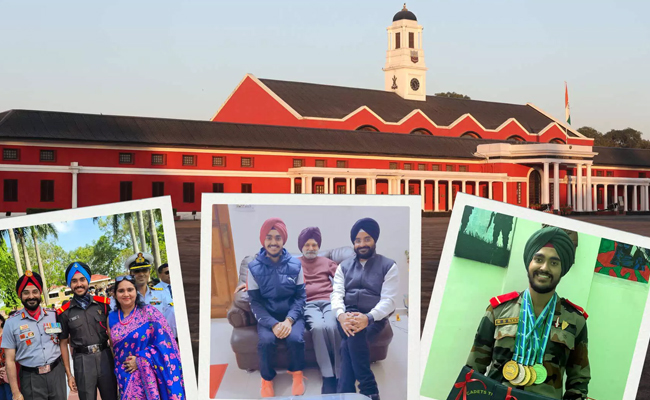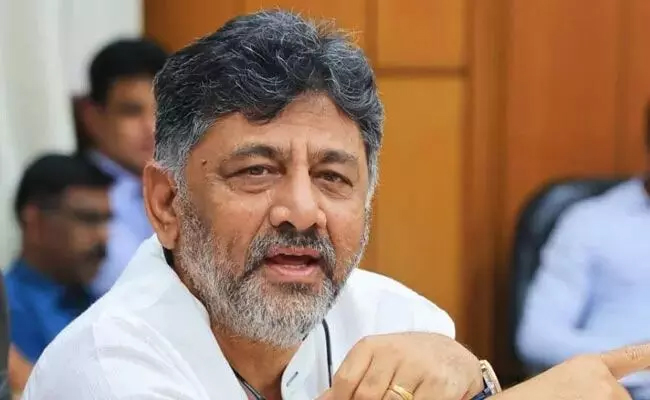Karkala: In two separate cases of raids on government land in the taluk, Karkala police have registered cases against two men for allegedly carrying out illegal quarrying on government-owned sites.
Sub-inspector Lohith Kumar C.S. of Shirva Police Station conducted a raid on government land in Survey No. 181/1, Jarkala, in the taluk. The police team, including the SI and personnel Kishore and Anwar Ali, found two individuals working at the site; however, the men reportedly fled upon seeing the police vehicle. The site was confirmed to be used for illegal quarrying.
During the investigation, police found that one Surendra had been conducting quarrying activities on the site for an extended period. The team seized two iron crowbars, one iron rod with a wooden handle, two iron rods, and one iron chain from the spot.
A case has been registered against Surendra under Section 303(2) of the Bharatiya Nyaya Sanhita (BNS) and Sections 4(1-a) and 21(4) of the Mines and Minerals (Development and Regulation) Act, 1957.
In the second case, Karkala Town Police SI Shivakumar S.R. led a raid on a site in Survey No. 245 in Eralpadi village of Jarkala, following a tip-off about illegal quarrying. Although no workers were present during the raid, the investigation revealed that a person named Ramesh had been conducting quarrying at the site without permits and for personal gain.
Karkala Town Police have registered a case against Ramesh and are continuing their investigation.
Let the Truth be known. If you read VB and like VB, please be a VB Supporter and Help us deliver the Truth to one and all.
New Delhi (PTI): Congress president Mallikarjun Kharge on Sunday launched a scathing attack on the BJP, saying those indulging in "vote chori" are "gaddars" and need to be removed from power to save the voting right and the Constitution.
Addressing the party's 'Vote Chor Gaddi Chhod' rally at the Ramlila Maidan here, Kharge said it is the duty of all Indians to unitedly strengthen Congress ideology as only this party can save the country.
He alleged that the RSS ideology will "finish the nation".
ALSO READ: Rally against "vote chori" to protect every citizen's right, says D K Shivakumar
"The BJP people are 'gaddars' (traitors) and 'dramebaaz' (indulge in theatrics). They need to be removed from power," Kharge said.
The Congress president also said that he did not go for his son's operation in Bengaluru and stayed to attend the rally as he thought it was important "to save 140 crore people".
#WATCH | Delhi | Congress President Mallikarjun Kharge says, "The leaders of the BJP only do drama...Some BJP leaders were questioning whether, after the Parliament session, Rahul Gandhi is going abroad. During the Parliament session, PM Modi never attends the session but goes… pic.twitter.com/DMa5nAyc3Z
— ANI (@ANI) December 14, 2025





